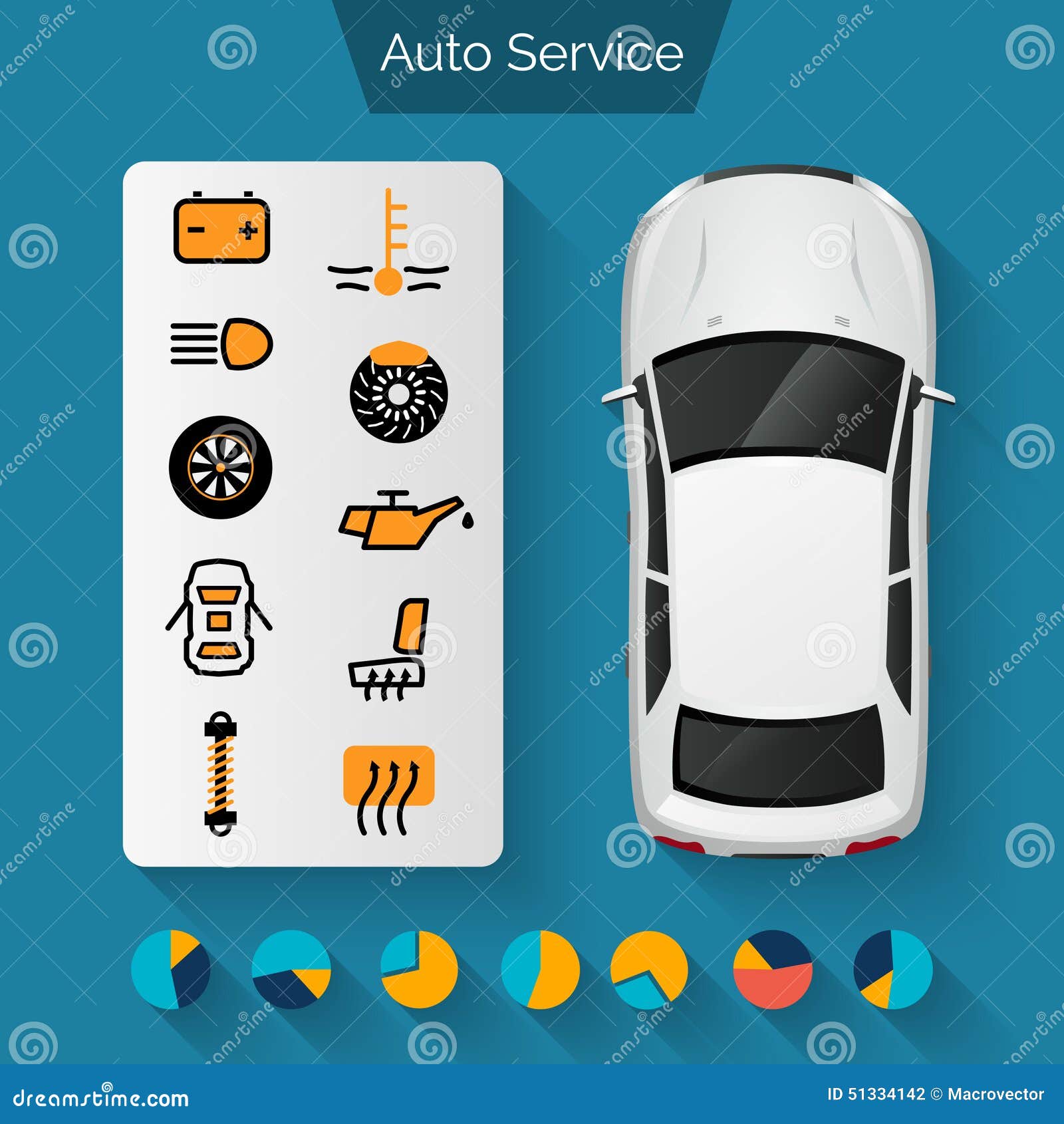Interested In Understanding The Warning Lights On Your Vehicle'S Control Panel? Discover Their Significance For Your Vehicle'S Safety And Security And Total Problem
Interested In Understanding The Warning Lights On Your Vehicle'S Control Panel? Discover Their Significance For Your Vehicle'S Safety And Security And Total Problem
Blog Article
Authored By-Sykes Gilbert
When you lag the wheel, those beautiful caution lights on your dashboard can be a little bit complicated. Do you know what they're attempting to inform you concerning your cars and truck's health and wellness? Comprehending the significance of these lights is vital for your security and the durability of your vehicle. So, the next time one of those lights appears, would not you want to decipher its message properly and take the required actions to address it?
Common Warning Lights and Interpretations
Determine common caution lights in your vehicle and recognize their definitions to ensure risk-free driving.
One of the most common caution lights consist of the check engine light, which signals problems with the engine or exhausts system. If this light begins, it's crucial to have your automobile inspected immediately.
The oil pressure warning light suggests reduced oil pressure, requiring prompt attention to prevent engine damage.
A flashing battery light may recommend a malfunctioning billing system, possibly leaving you stranded otherwise addressed.
The tire pressure tracking system (TPMS) light notifies you to reduced tire pressure, affecting automobile stability and gas efficiency. Ignoring this can result in risky driving problems.
The abdominal light indicates a problem with the anti-lock braking system, endangering your capability to stop quickly in emergency situations.
Lastly, the coolant temperature level warning light warns of engine getting too hot, which can cause extreme damages otherwise resolved quickly.
Recognizing these common caution lights will certainly help you attend to issues quickly and preserve risk-free driving problems.
Value of Prompt Attention
Recognizing the typical warning lights in your vehicle is only the initial step; the relevance of immediately addressing these warnings can not be highlighted sufficient to guarantee your safety when driving.
When a warning light brightens on your dashboard, it's your automobile's method of communicating a prospective issue that needs focus. Overlooking these cautions can lead to more severe troubles in the future, jeopardizing your safety and possibly costing you extra in repairs.
Trigger interest to advising lights can stop failures and mishaps. For instance, a blinking check engine light might suggest a misfire that, if left unattended, can cause damages to the catalytic converter. Resolving this quickly can save you from an expensive fixing.
Likewise, a brake system alerting light may indicate low brake fluid or used brake pads, vital parts for your safety when driving.
DIY Troubleshooting Tips
If you see a warning light on your control panel, there are a couple of DIY troubleshooting suggestions you can try before seeking expert assistance.
https://oil-change-places-near-me84061.getblogs.net/64684074/the-ease-of-mobile-auto-outlining-transforms-your-lorry-s-appearance-but-is-it-as-reliable-as-typical-techniques-discover-the-reality-behind-this-service is to consult your car's guidebook to understand what the specific caution light shows. Often https://engine-remapping73840.fare-blog.com/32227996/how-can-mobile-automobile-describing-transform-your-automobile-treatment-experience-while-ensuring-quality-discover-the-vital-aspects-to-take-into-consideration-before-choosing-a-detailer can be as basic as a loose gas cap causing the check engine light. Tightening up the gas cap might solve the trouble.
additional resources is a reduced battery, which can activate numerous warning lights. Inspecting the battery links for corrosion and guaranteeing they're protected might repair the issue.
If a warning light persists, you can try resetting it by detaching the cars and truck's battery for a couple of mins and then reconnecting it. Additionally, checking your automobile's fluid levels, such as oil, coolant, and brake liquid, can assist troubleshoot alerting lights associated with these systems.
Verdict
Finally, understanding your automobile's warning lights is necessary for keeping your car running efficiently and securely. By immediately resolving these signals and understanding what they imply, you can avoid pricey repairs and possible failures.
Keep in mind to consult your auto's handbook for particular details on each alerting light and do something about it as necessary to guarantee a trouble-free driving experience.
Keep educated, remain safe when traveling!
